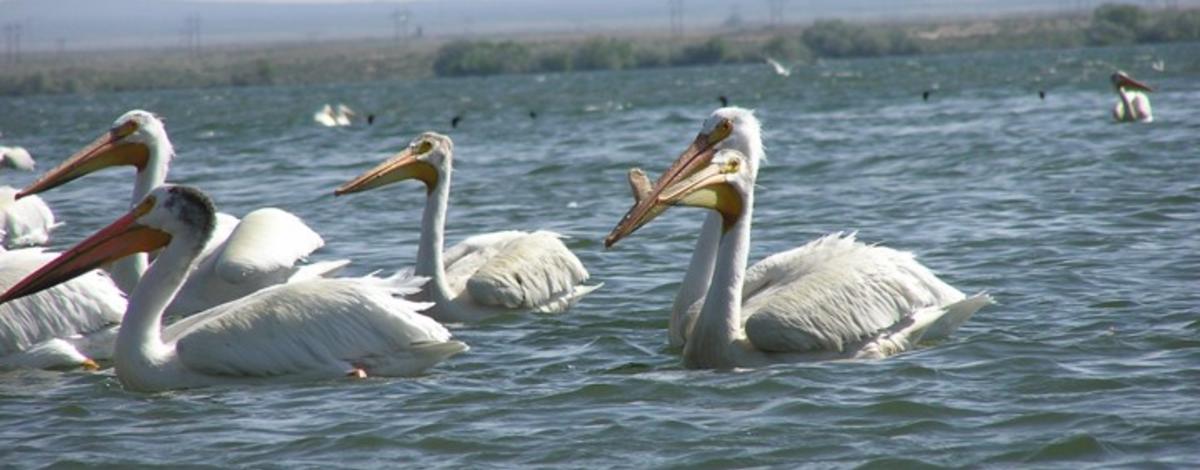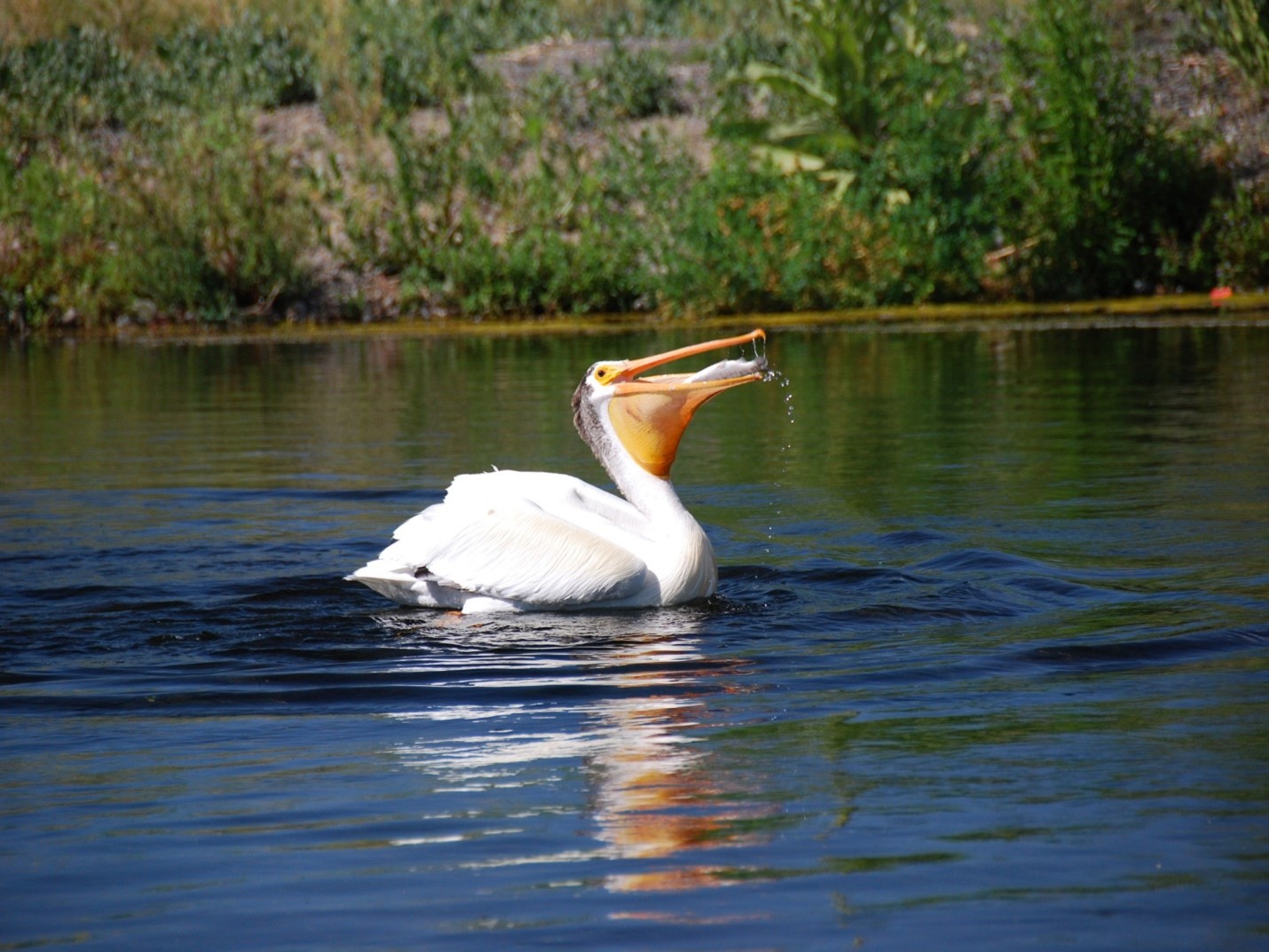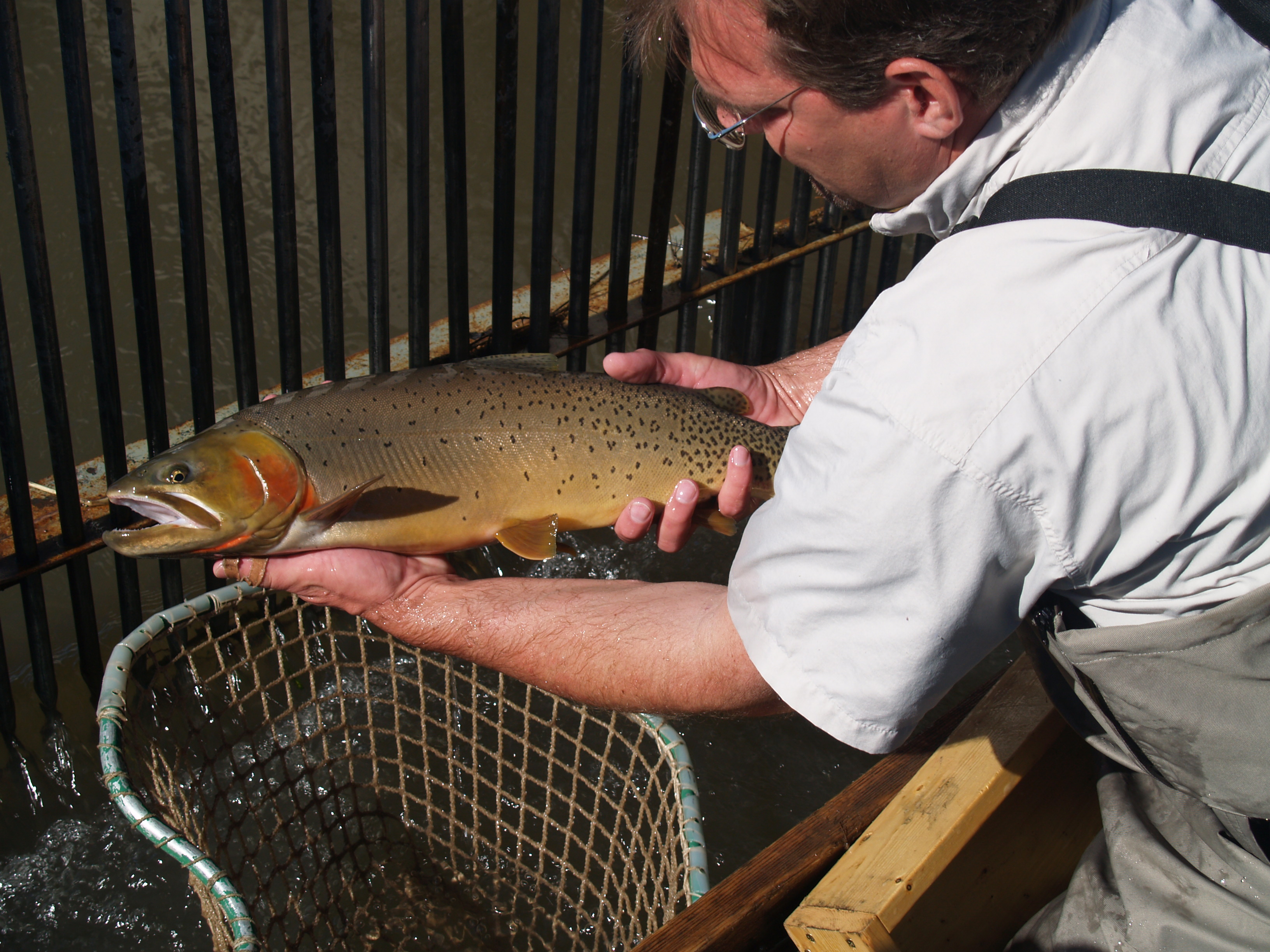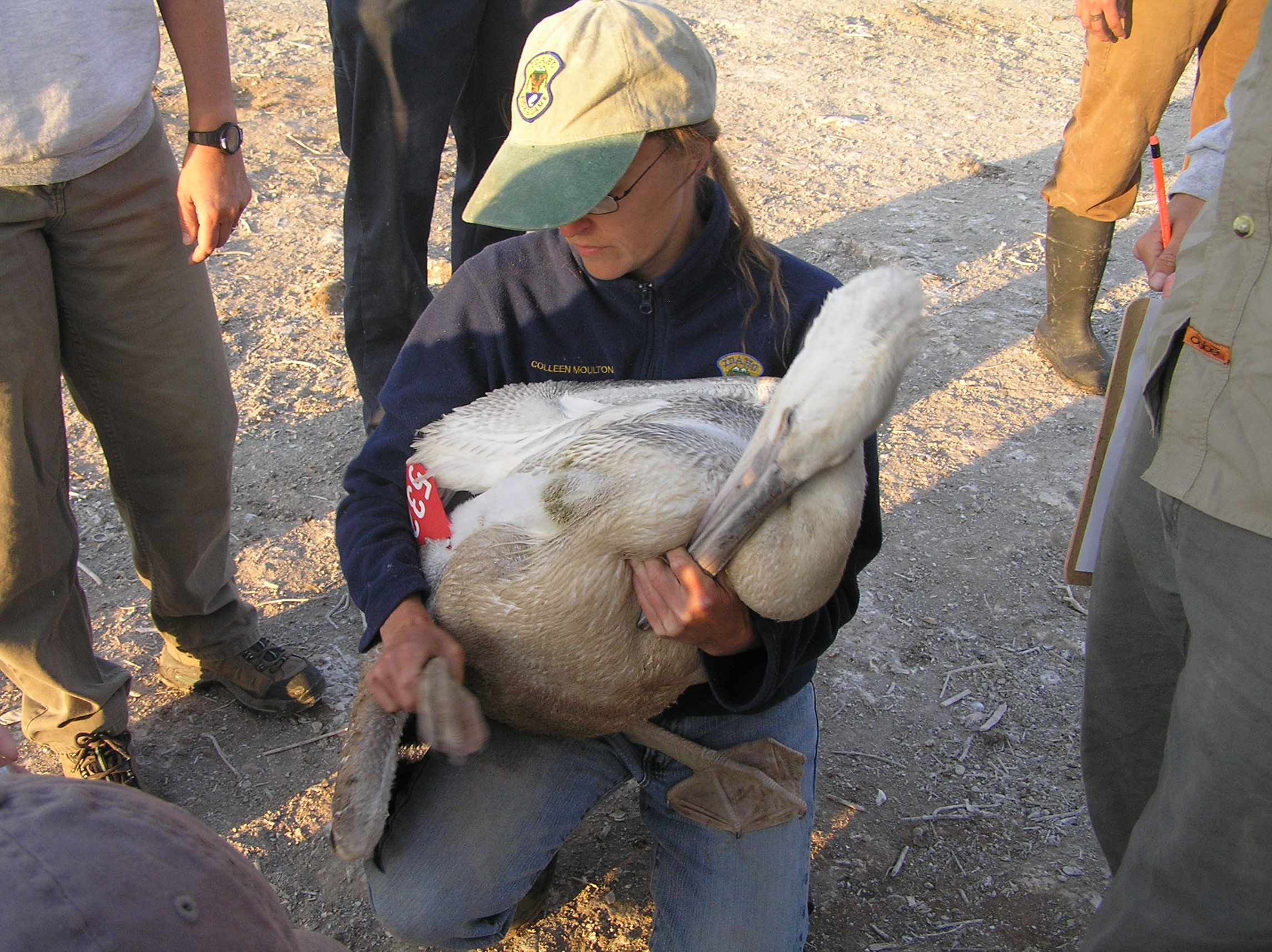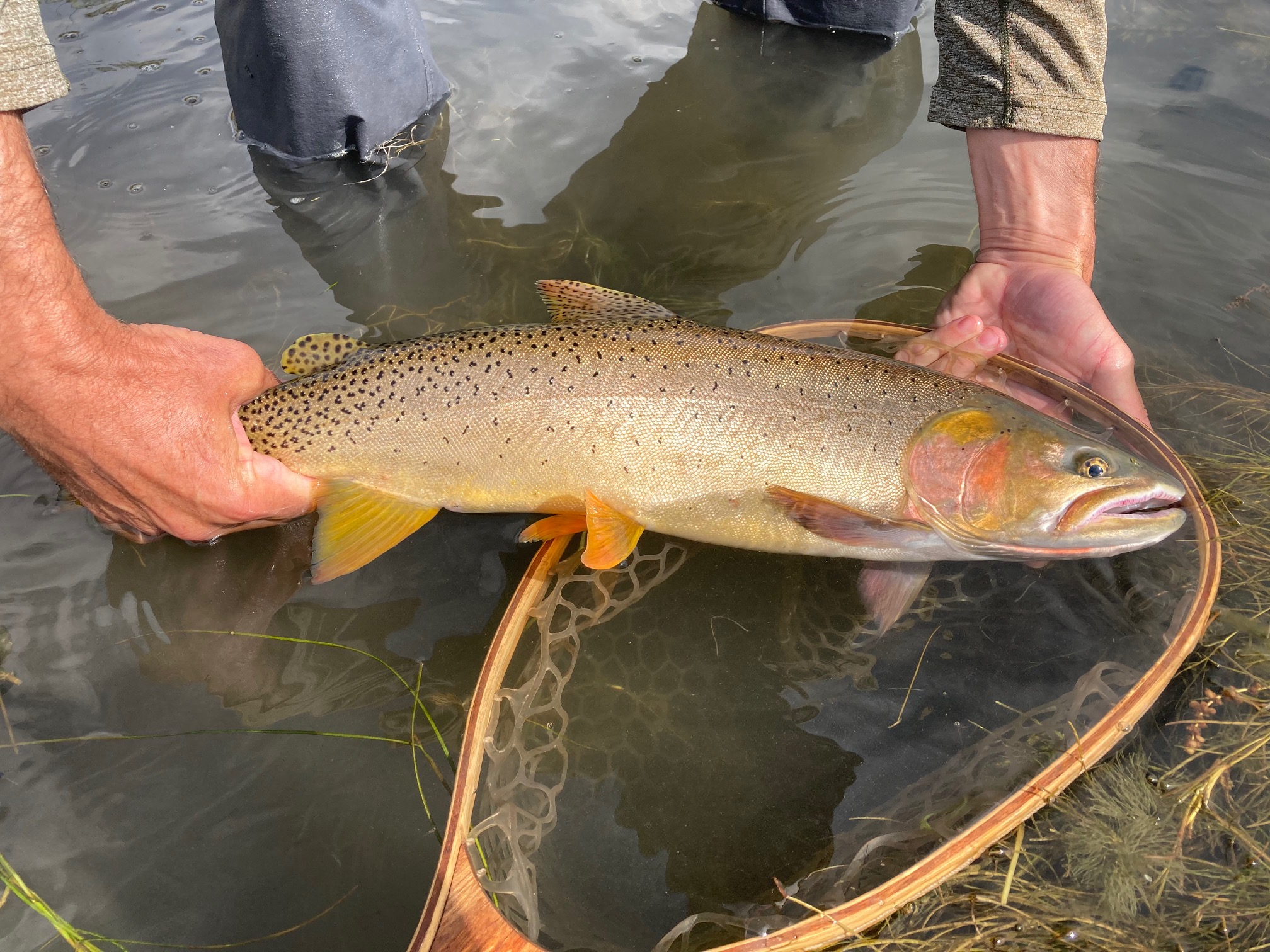For birds that make their living eating fish, the 1960s and 1970s were a hard time. Bioaccumulation of pesticides in and from their primary prey, weakened eggs and led to widespread hatch failure. Bird populations crashed, causing widespread concern. Fast forward 50 plus years, and many of these bird species have made a remarkable comeback, including Idaho’s own American white pelican. A combination of better regulation of some pesticides (like DDT) as well as increased protection through the Migratory Bird Treaty Act have helped tremendously.
While the comeback of pelicans should be celebrated as a national conservation success story, increases in any predator population often lead to concerns about prey populations. Idaho’s pelican story is no different. During the 1990s, the number of breeding pelicans in Idaho average about 500 breeding pelicans and concern about pelican effects on fish populations were rare. By 2013, the number of breeding pelicans in Idaho peaked at slightly more than 7,700. Increases of this magnitude raised concern among anglers, which led to more attention from biologists looking to maintain a balance between a predator and its prey and to maintain social tolerance for a predatory bird.

